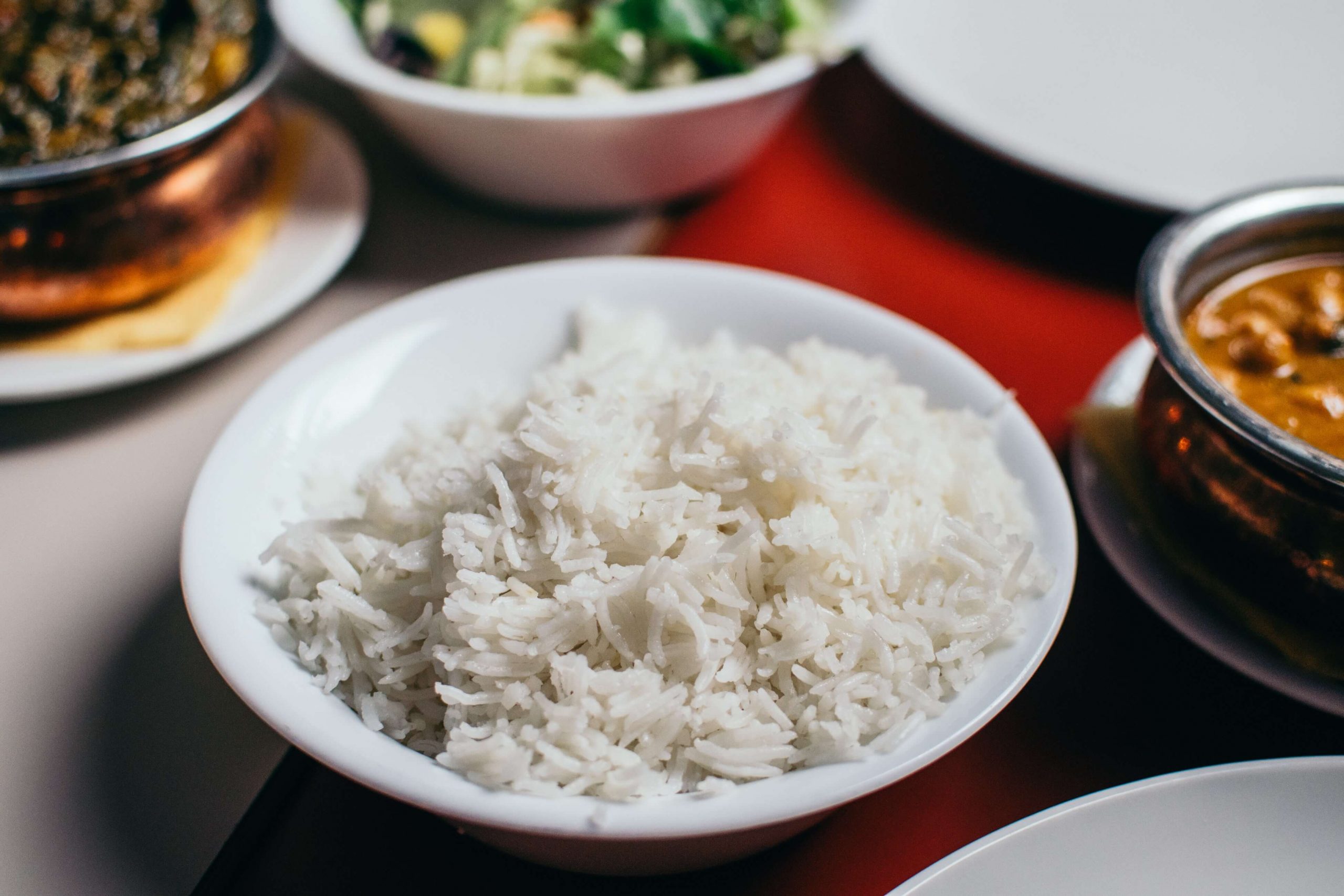The most beautifiul thing about rice and beans is that it is a low-calorie, nutritious meal! But how many calories are in rice and beans? Depending on the type of beans and the way you prepare them, the calorie count can vary.
Uncooked white rice contains approximately 206 calories per cup. On the other hand, 1 cup of cooked black beans contains about 227 calories. So, when combining both rice and beans in the same meal, the calorie count can vary from about 334 calories for one cup of cooked white rice with black beans to about 433 calories for one cup of cooked white rice with pinto beans.
The good news is that this simple combination of rice and beans is high in dietary fiber, protein, and complex carbohydrates. You can make all sorts of amazing meals using this combination.
For example, you can make a burrito bowl with cooked rice, black beans, and your favorite vegetables. Or try some Mexican style tacos with cooked rice, pinto beans, and some delicious toppings.
No matter how you prepare it, rice and beans is a nutritious and low calorie meal that can fill you up. To keep track of the calories, pay attention to the amount of rice and the type of beans used in each meal. With a few smart calculations, you’ll be able to enjoy this meal while still maintaining a healthy lifestyle.
How Many Calories Are In Rice?
Rice is a delicious and nutritious part of any balanced diet. It is one of the most popular grains in the world, and while it is an excellent source of carbohydrates and other essential nutrients, you may wonder how many calories are in rice?
The answer is – it depends. Different types of rice contain different amounts of calories, so it’s important to understand the differences between them. The most common types of rice include white, brown, basmati, and jasmine, and all have different caloric values.
White rice is typically the least calorie-dense, containing about 130 calories per a one-cup serving.
Brown rice is the highest in calories at 216 calories per cup serving – but it also contains more complex carbohydrates and fiber than its white counterpart. Basmati and jasmine rice lie somewhere in the middle, both containing about 150-170 calories per a one-cup serving.
In addition to the types of rice, other factors like the fat content in the rice and the length of cooking time can affect the calorie count. If rice is cooked in additional fats, such as butter or oil, the calorie content can increase by up to 50 calories. Similarly, if the rice is overcooked, it will become more starchy, thus increasing its calorie content.
On the other hand, if you’re looking to save on calories, there are a few ways to do so. For example, rinsing the rice before cooking can help remove up to 60% of the naturally-occurring starches, while cooking the rice in a low-fat broth can reduce the fat content.
In short, the answer to how many calories are in rice is not straightforward. However, by understanding the differences between types of rice and cooking methods, you can make the best choice for your nutritional needs.
If you’re looking to regulate your calorie intake, remember to check the labels and be mindful of the fat content and cooking time. We also recommend that you take a look at our article on can you eat Oreos with braces. It’s definitely worth a read!
How Many Calories Are In Beans?
So we know how many calories in rice, but what about beans? It’s a reasonable question, and one that plenty of us have asked. Let’s take a closer look at the calorie content of beans and explore what role they can play in a healthy diet.
One cup of cooked beans provides 216 calories, in addition to 11.5 grams of dietary fiber, over 15 grams of protein, and essential vitamins and minerals.
The exact number of calories in beans varies according to variety and preparation—a cup of pinto beans, for example, provides 245 calories, while a cup of black beans comes in at 227.
Beans are a great source of healthy carbs, and they contain a lot of essential vitamins and minerals, including magnesium, potassium, zinc, phosphorus, and Vitamin B6. On top of that, beans are high in dietary fiber, a type of carbohydrate that helps keep your digestive system running smoothly and regulates appetite.
Beans also contain a bunch of health-promoting plant compounds known as polyphenols. These compounds have anti-inflammatory and antioxidant properties, which can help protect against diseases like heart disease and type 2 diabetes.
So how can you incorporate beans into your diet? Start by adding them to salads, soups and stews. Or you can use them as a burrito filling or a vegetarian chili topping.
Overall, beans are a portion of incredibly nutritious food and can be part of a balanced diet. They’re low in fat, high in fiber and protein, and packed with essential vitamins and minerals.
Plus, they’re relatively low in calories and can be a great substitute for higher-calorie foods like white bread and processed carbs!




